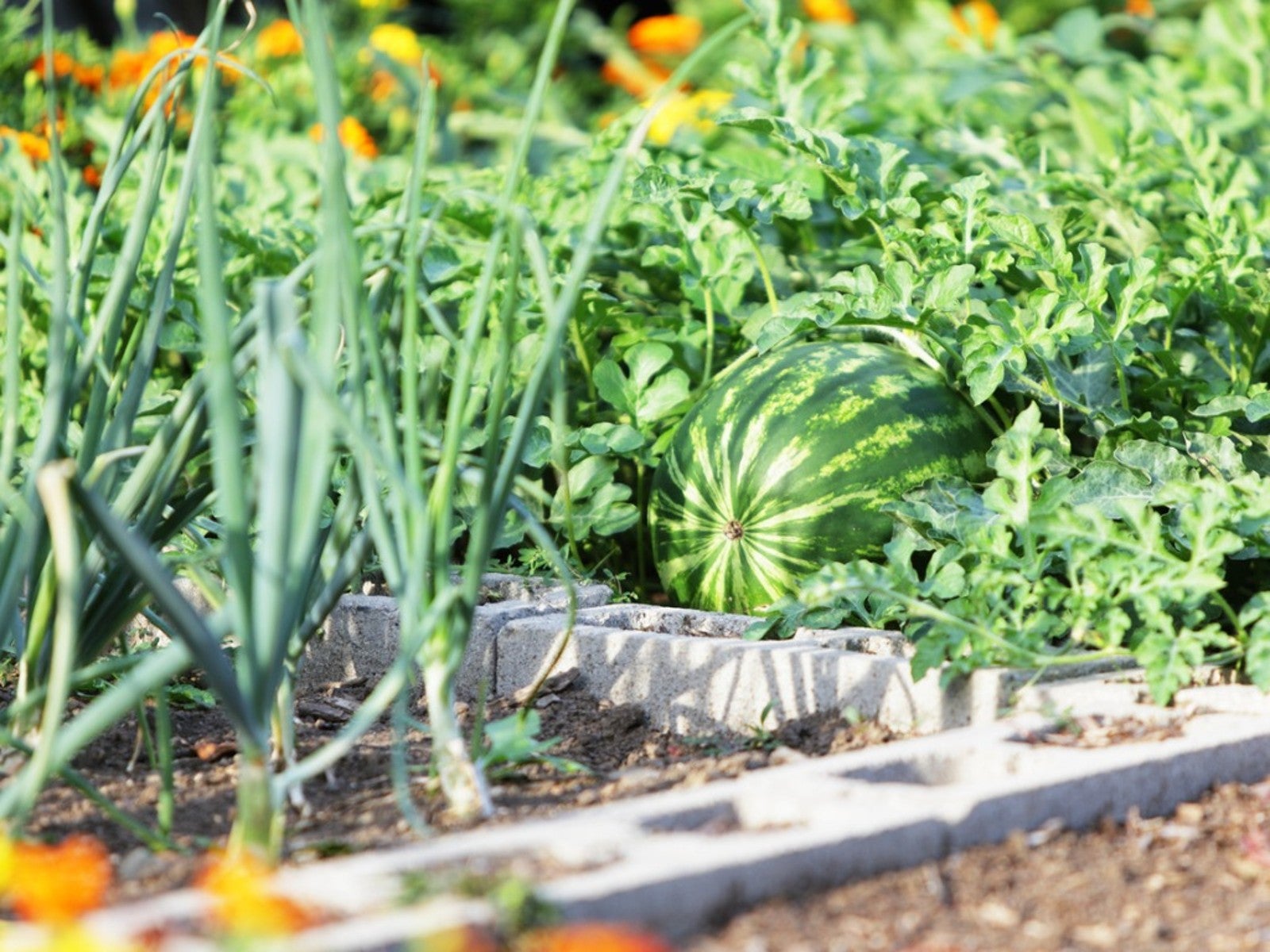Companion Planting For Watermelon In The Garden


What are the best companion plants for watermelon? Perhaps you're familiar with the three sisters style of gardening. In this type of companion planting, corn, beans and squash are grown together for the mutual benefits these plants provide each other. This technique can also be used with other plants, such as watermelon.
What is Companion Planting
Companion planting, also called intercropping, is the practice of growing two or more crops in close proximity. Using the three sisters as an example, consider the benefits each plant offers:
- Beans fix nitrogen into the soil which is utilized by the corn and squash.
- Corn provides a support for the beans to climb.
- Squash acts as a living mulch. Plus, the prickly leaves deter deer and raccoons from the corn and beans.
To find suitable watermelon companion plants, let's first consider what benefits watermelon plants provide. Like the squash in the three sister planting, watermelon plants can also be used a living mulch. As the plants grow, they shade the soil. This conserves moisture and deters weeds.
Secondly, let's examine what characteristics of other plants would be advantageous to watermelons in a companion garden plot:
- Improved pollination – Watermelon flowers open in the early morning and only last one day. For the highest quality fruit, each watermelon flower requires several visits from pollinators. In a watermelon companion planting, plants which attracts bees can increase yields and improve the appearance of the melons.
- Pest repellent – Watermelon plants can be damaged by any number of pests. Plants known to deter insects make good companions.
- Room to grow – Many watermelon varieties have vines which can reach 12 to 20 feet (4-6 m.) long. Choose a companion plant that won't compete for space.
- Full sun – Watermelon plants grown in shady conditions produce fewer and smaller fruit. Avoid tall, leafy companion plants.
What Can You Plant with Watermelon
- Onions – The strong smell of allium crops offer protection to watermelon vines and fruit by deterring pests, including deer and insects. The spiky foliage of onions won't shade the watermelons and the bulbs can be dug after the watermelon has been harvested.
- Flowers – Choose low-growing species of flowers known to attract pollinators. Good choices include dwarf bee balm, snap dragons or poppies. Marigolds will not only attract bees, but will also deter aphids.
- Cotton – Studies indicate intercropping cotton with watermelons doesn't decrease melon yields, but allows cotton to be harvested from the same field.
- Herbs – Herbs like cilantro and dill won't crowd or shade watermelon plants, but they will attracts beneficial insects which feed upon aphids and other melon pests.
- Lettuce – This leafy green is neither tall nor shade-producing. Sow leaf lettuce at the same time as watermelons, then harvest the leafy greens before the melon vines need the space.
- Radishes – These fast-maturing veggies can also be used in a companion planting for watermelon to temporarily utilize vacant space while melon vines are growing. Radishes can also be grown alongside onions, dill and lettuce.
Sign up for the Gardening Know How newsletter today and receive a free copy of our e-book "How to Grow Delicious Tomatoes".

Laura Miller has been gardening all her life. Holding a degree in Biology, Nutrition, and Agriculture, Laura's area of expertise is vegetables, herbs, and all things edible. She lives in Ohio.